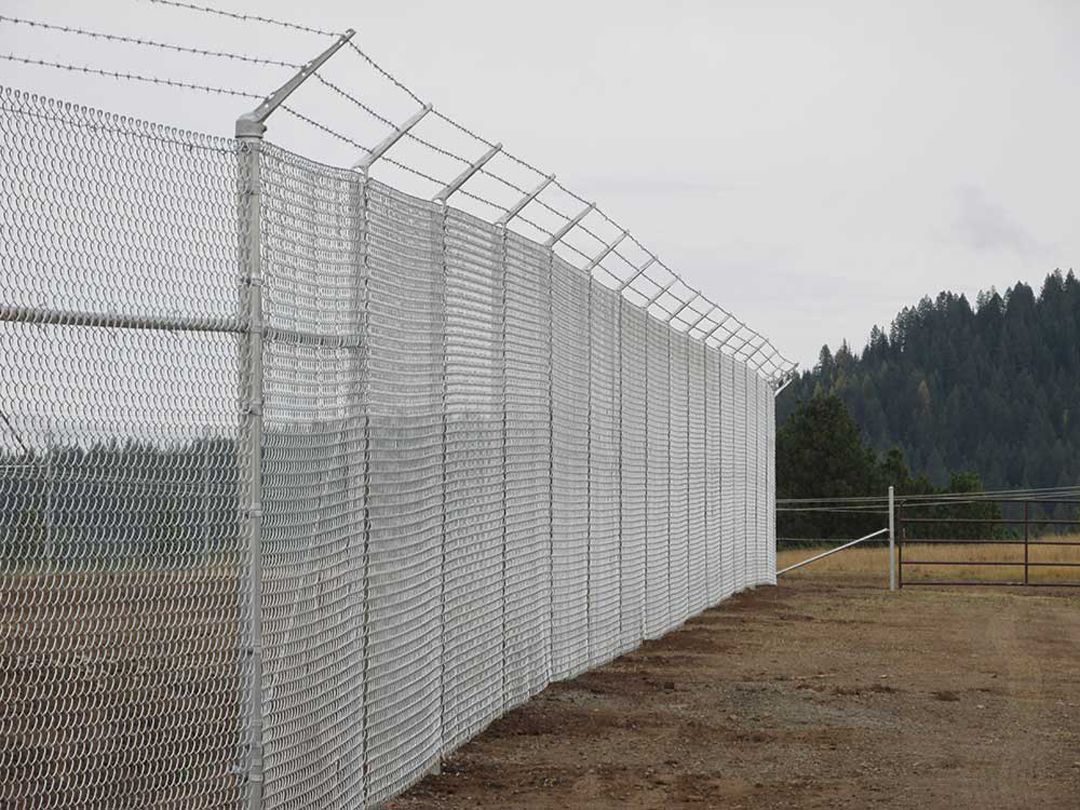Understanding Vinyl and Wood Fencing
When it comes to choosing the perfect fence for your home, the decision often boils down to two popular materials: vinyl and wood. Both options offer unique benefits and drawbacks, making the choice highly dependent on your specific needs, aesthetic preferences, and budget.
We’ll guide you through the essential aspects of vinyl and wood fences to help you choose the material that best suits your home.

Vinyl Fencing: Benefits and Drawbacks
- Durability: Vinyl fences are known for their durability, resisting weather damage, pests, and rot for many years.
- Low Maintenance: Vinyl fences are easy to maintain, requiring minimal effort—just a simple wash from time to time.
- Cost: Vinyl fences may cost more upfront, but their durability and low maintenance can save money in the long run.
- Drawback: Limited color and style options can make it harder to match certain aesthetics.
Is a Wood Fence the Right Choice for You?
- Aesthetic Appeal: Wood fences offer a classic, natural look that can be customized with different stains, paints, or finishes.
- Cost: Wood fences are generally more affordable to install than vinyl.
- Maintenance: Wood fences need consistent care, including painting, staining, and repairs, to maintain their appearance and prevent rot.
- Lifespan: The lifespan of a wood fence can be shorter, particularly in areas that experience harsh weather or humidity.
Cost Breakdown: Vinyl Fencing vs. Wood Fencing
The initial cost of a vinyl fence is often higher than that of a wood fence. However, vinyl’s low maintenance requirements can save you money in the long run. Wood fences, while cheaper to install, may require frequent upkeep, which can add up over time.
For a long-term investment, vinyl may offer better value, while wood could be more economical for short-term or budget-friendly projects.
Eco-Friendly Fencing: Vinyl vs. Wood
Wooden fences are often seen as more eco-friendly due to the renewable nature of wood. However, chemically treated wood may have a higher environmental impact. Vinyl, while not biodegradable, can last much longer, reducing the frequency of replacement.
For a more sustainable option, look for wood that is sustainably sourced or vinyl made from recycled materials.
